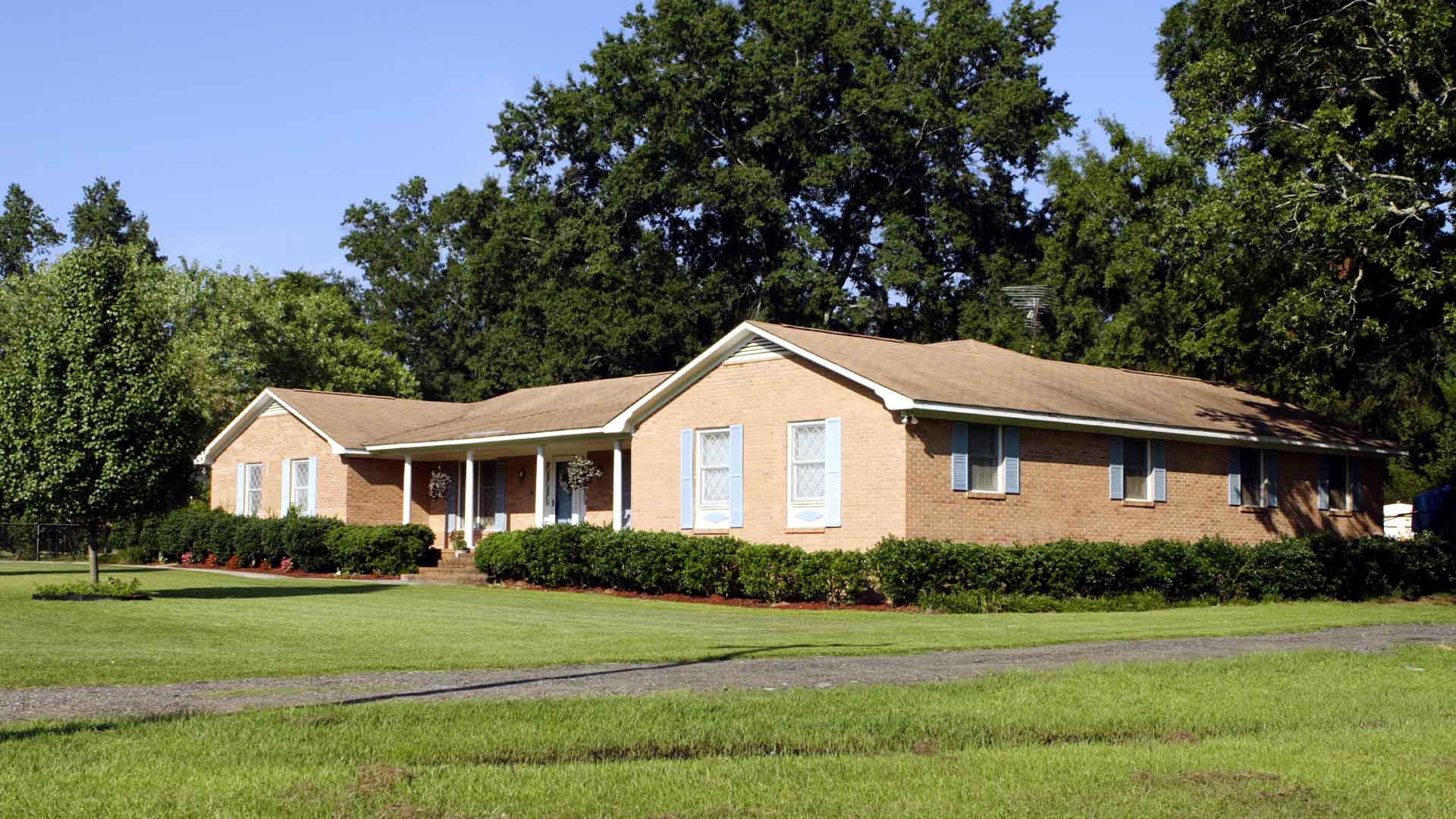Should first-time buyers avoid newly built homes?
Even before mortgage rates shot up past 5%, first-time home buyers were facing property values growing at a rapid pace amid an extreme inventory crunch.
If you’re frustrated by bidding wars driving up prices and the lack of listings that meet your wants, you’re not alone. However, shifting your house hunt toward older homes could be a way to alleviate some of the affordability challenges, according to Michael Bourque.
We recently spoke with the Kiavi CEO and former CFO of Ocwen on what makes older homes superior to new construction for first-time buyers.
Verify your home buying eligibility. Start here (Jul 18th, 2022)
Meet the expert
Michael Bourque is the president and CEO of Kiavi, a digital lender focused on revitalizing housing stock through real estate investment. He’s worked in the lending industry since 2014 and has over 20 years experience in financial markets.
Bourque shared his thoughts on why first-time buyers should shift their focus toward older homes in a Q&A with The Mortgage Reports. Answers have been edited for brevity and clarity.
Why should first-time home buyers target older homes?
There’s a lot you can do by investing in a home built in the 70s. Just from a fundamental affordability perspective, there’s a benefit for consumers. The cost of a renovated home against the price of a new build is about $40,000 cheaper on average.
“The cost of a renovated home against the price of a new build is about $40,000 cheaper on average.”
Also, look at where the homes are. Generally speaking, new constructions tend to be much further away from city centers. Going through renovations gives folks a chance to not live 90 minutes outside of a city to have a move-in ready home.
If you have to do renovation work, wouldn’t a new build just be easier?
We’ve seen different supply chain challenges, especially in the last 18 to 24 months. New construction has obviously been impacted by all of that: everything from the increasing price of lumber to delays in getting materials coming from overseas has impacted costs and timelines.
Whereas if you think about what you might typically do in renovating a home — it could be flooring, windows, updating the kitchen, maybe a bathroom or two — you’re not using framing lumber and you’re able to have a lot more flexibility in where and how you find those materials.
What makes new builds better?
I don’t know if it’s “better” but it’s a matter of preference. You can imagine a home built when Jimmy Carter was president probably has lower ceilings, maybe even popcorn ceilings. There’s only an outlet or two in every room, not what my kids would hope to see if they walked in and couldn’t find a place to plug in their devices.
As you look at new builds today, those obviously aren’t issues. You generally have more open floor plans and they’re tuned to today’s world from an electronics perspective. That could be a trade-off.
Can investing in existing homes help boost inventory?
There’s a massive amount of aged homes in this country. Two-thirds of the housing stock is more than 30 years old. That’s $25 trillion of home value, presenting an opportunity.
I know one of the things that our customers do in renovating these homes is make them more move-in ready for today’s family. That involves updating the kitchen and sometimes the floor plan, sometimes the electrical depending on the situation. Not just creating value from an investment perspective, but generally updating that home for the next family and having a positive impact in that way too.
What advice would you give first-time home buyers in the current housing market?
It’s important to remain patient. With the run-up in home prices and certainly the change in interest rates, affordability is probably everybody’s primary concern. Ultimately, I think folks just need to be smart around what they can afford and balance that with their personal needs.
“I do think you’re starting to see homes sit on the market longer, fewer homes receive multiple offers and price decreases in some places.”
Do the research and build networks in the places where you potentially want to move to. That gives you a chance to maybe learn of things potentially coming on the market sooner. I do think you’re starting to see homes sit on the market longer, fewer homes receive multiple offers and price decreases in some places.
My sense is that the frenzy of the last 18 months is abating. I think folks come out of this period of uncertainty differently than a year ago. It’s setting up well, but again, it’s going to come back down to what they can afford.
New build vs. existing home: The bottom line
The housing market’s laundry list of affordability challenges makes it tough on home buyers. While you can’t control the rising mortgage rate environment — which may end up being good for borrowers in time — changing your search to older homes could help.
Bourque points out that you save $40,000 on average with an aged house versus a new build and they typically are located closer to city centers.
To set yourself up for success, take the necessary steps to get ready to buy and start building a network of real estate professionals where you want to live. That way, you can get insights into the market and possibly the inside track on new listings. Start by reaching out to a lender today.



